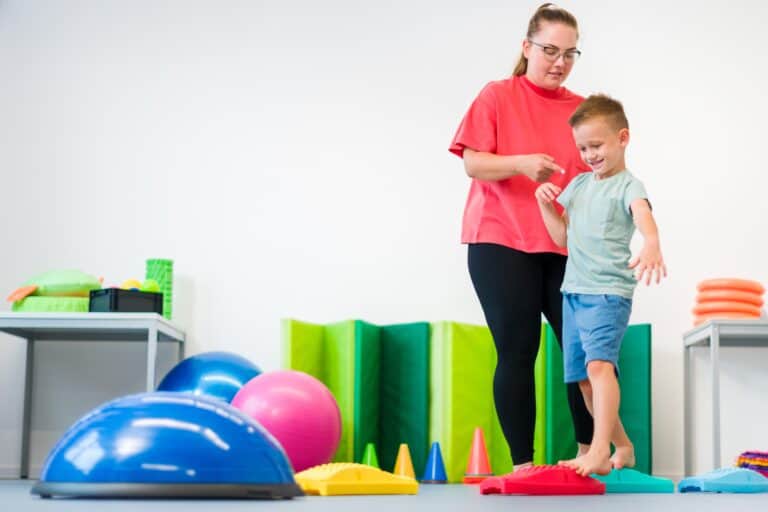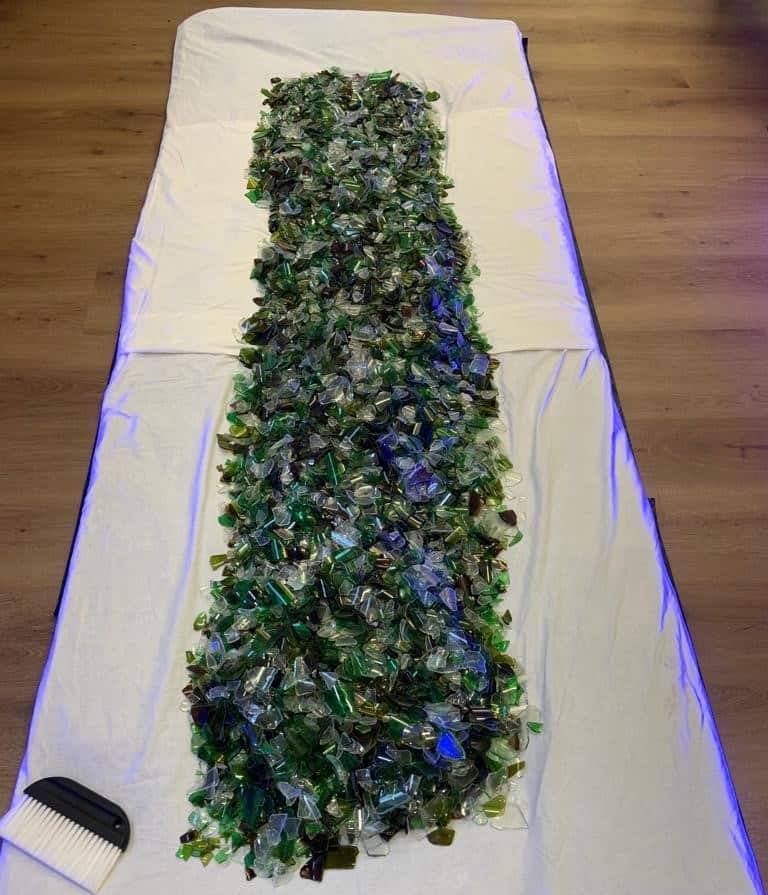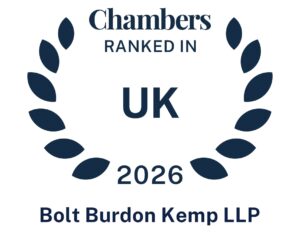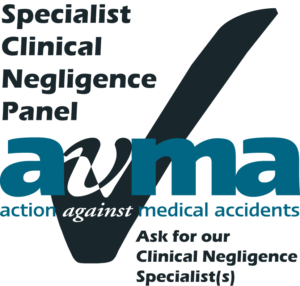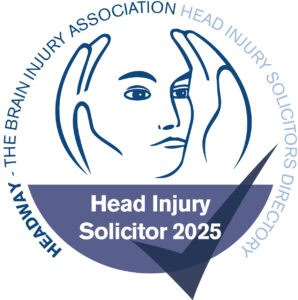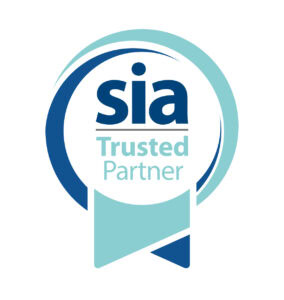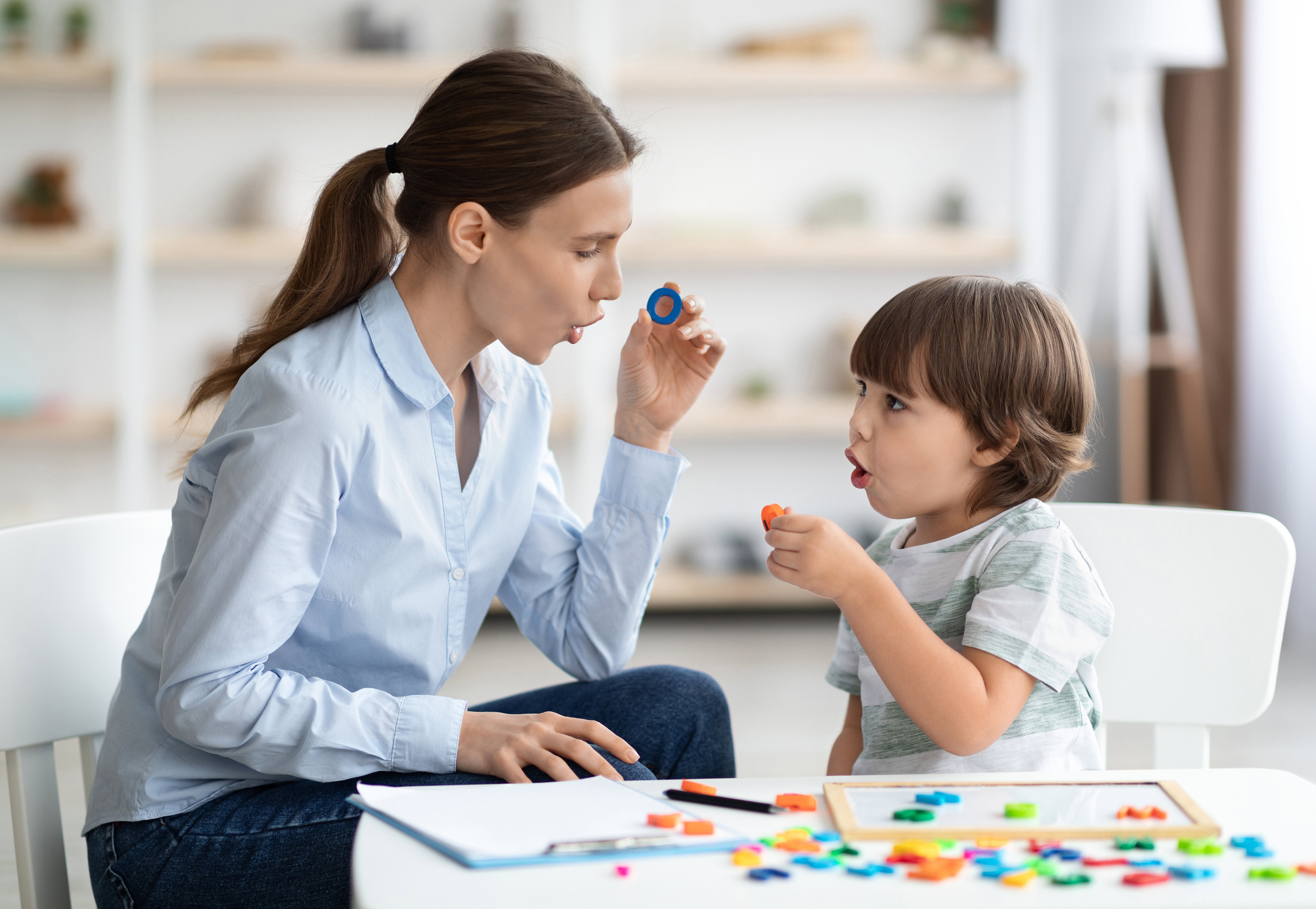
The inspiring stories showing patience with speech therapy reaps benefits
Helping children with complex needs is a big part of my work as a solicitor specialising in child brain injury cases. I frequently support families where a child has been seriously injured at birth and now faces challenges like being unable to walk, eat without help, or speak – things many of us take for granted.
And through my work, I am often struck by the magical feeling when a child makes incredible progress through sheer grit and determination.
Once we’ve proved someone else is legally responsible for the injury (we call this ‘establishing liability’), I arrange an interim payment. This is an early payment before the final settlement, which can fund extra rehabilitation. Often, therapy through the NHS and other public services isn’t enough because of financial limits. That’s where private therapies come in to make a real difference.
Typically, these therapies include physiotherapy and occupational therapy to support physical recovery and recommend equipment. But speech and language therapy (SALT) is just as important – sometimes even more so.
Why is speech and language therapy so important?
SALT isn’t only about helping a child to speak. It’s also about helping them feed safely. Some children can’t swallow properly and might need to be tube-fed to avoid food going into their lungs. But even then, provided the child is positioned safely, enjoying small tastes of food can be hugely important for their quality of life – the smell, the taste, the social connection of being at the table with the family. Social interaction at mealtimes helps prevent isolation and keeps the child included in family life.
Finding a way to communicate
SALT also helps children who can’t speak find other ways to communicate. This is often a long, patient process, needing hard work from the child, therapists, and support team. There’s no quick fix.
There are different tools depending on what the child can manage. Some children use high-tech eye gaze devices, where they control a screen with their eyes. But success here isn’t guaranteed, even with good vision. Fatigue is another challenge – children might get tired quickly, so it’s important their carers are trained to practise with them when they are most alert.
I’ve seen children have varying success with eye gaze technology. One child I worked with had a squint and poor head control, which made it hard to use the system consistently. Still, over years of therapy, they learned to read books and communicate yes or no with their eyes – an incredible achievement despite their difficulties.
Another child, with better vision, learned to play video games and interact with family using an eye gaze system we arranged privately (because the NHS device kept breaking down). Through this technology, they gained a real voice at school – answering questions in class and chatting with friends at lunchtime.
But high-tech solutions aren’t right for everyone. Some children can’t use their vision for eye gaze devices and some lack hand or head coordination to use switches. Instead, they might use a simple low-tech tool called an E-Tran frame – a sheet of stiff transparent plastic (Perspex) with words, letters, or symbols for the child to look at to make choices.
Jonathan’s story – an inspiring example
I was lucky to attend a seminar where I heard Jonathan Bryan speak. Jonathan has severe cerebral palsy and cannot move or speak voluntarily. In his book, ‘Eye Can Write’,
Jonathan tells how he was aware of everything around him but trapped inside his own body until he found a way to communicate.
Jonathan struggled to use high-tech eye gaze devices because his astigmatism, medications and muscle relaxants made it hard for machines to track his eyes. But with incredible perseverance – from Jonathan, his mother, and his teaching assistant – he learned to use an E-Tran frame to spell out words.
At first, they didn’t know the full extent of Jonathan’s intelligence. But when he started answering complex maths questions accurately and consistently, intending to make it clear he understood others, they began to appreciate his abilities. They updated the E-Tran and, over time, he progressed to spelling words and writing articulate, thoughtful pieces with a complex vocabulary – showing a deep intellect no one could have known without a way for him to communicate.
This changed everything: his education, his relationships and his ability to talk about his medical needs and hopes for the future. At school he could stretch his mental abilities and sit exams. At home he became closer to his father, a vicar and scientist, who had once doubted how much Jonathan understood. Perhaps most movingly, in his book he talks openly about his complex medical needs and how he knows one day his life will come to an end.
Jonathan is an extraordinary young man. His award-winning campaign Teach Us Too calls for all children, no matter their disability, to be taught to read and write. His dream is of an education system which assumes ability rather than limits children based on their physical challenges.
He says of his own experience, he never had profound and multiple learning difficulties, but he did have profound and multiple difficulties in accessing learning. In his speech at the House of Lords reception for non-verbal children, he said learning to read and write is not just a life skill – it unlocks a voice and gives life in all its fullness.
His story shows how finding the right method of communication – even if it takes years – can unlock a child’s world.
A final thought
Not every child will be able to communicate as fully as Jonathan. But every child deserves the chance to try. Whether through eye gaze, switches, E-Tran frames, or other methods, the right support can help a child express themselves, enjoy life, and connect with others.
That’s why rehabilitation, patience, and persistence are so important. It’s not just about therapy sessions – it’s about unlocking potential, building confidence, and giving children the best possible chance at a rich and full life.
When we agree a settlement for a child, we make sure the money will cover the therapies they’ll need, not just now but into adulthood. This is why I’m passionate about getting early interim payments to fund these essential therapies, so children get the chance to demonstrate what they’re capable of and we can capture the evidence on video to prove their need for lifelong communication support.


